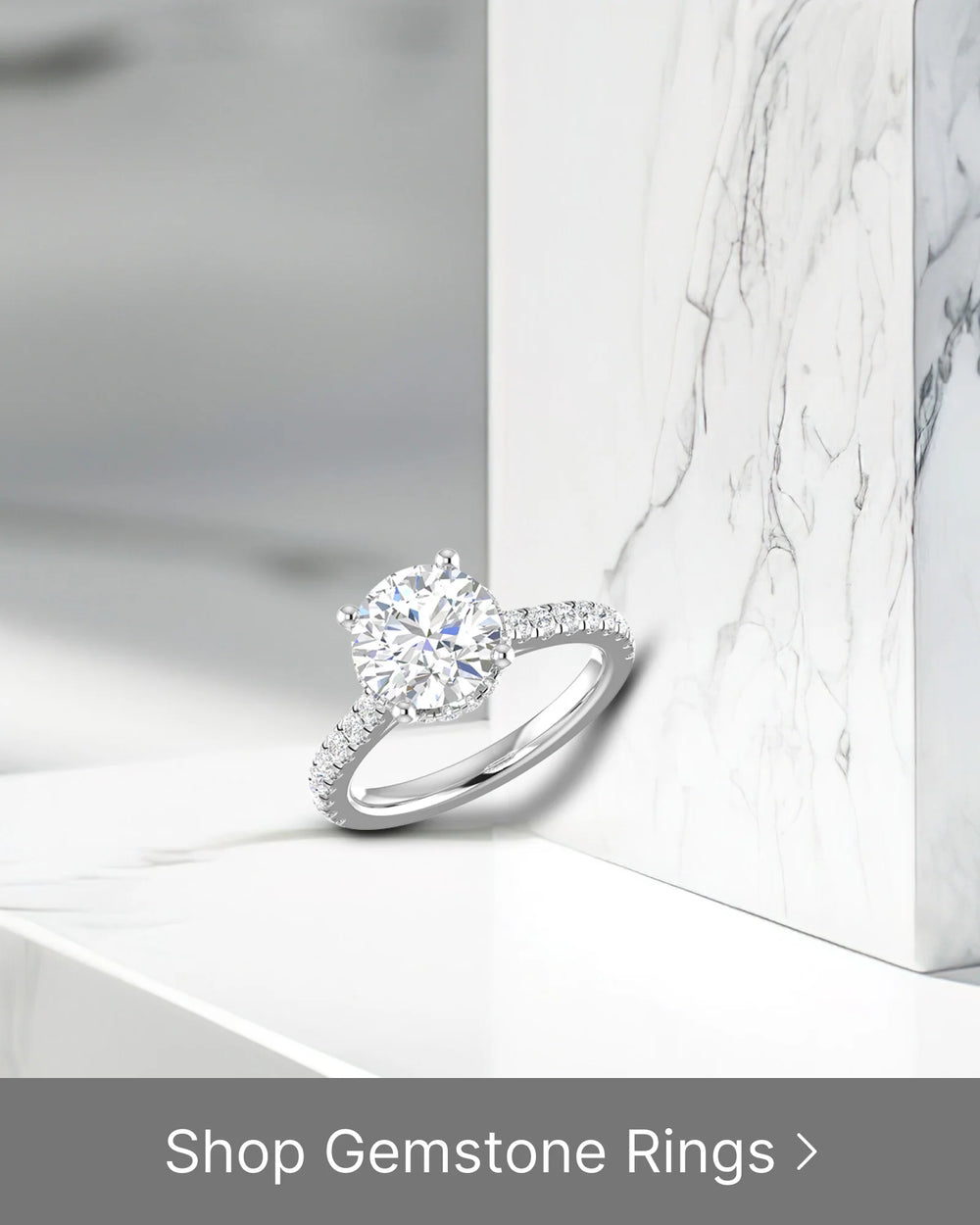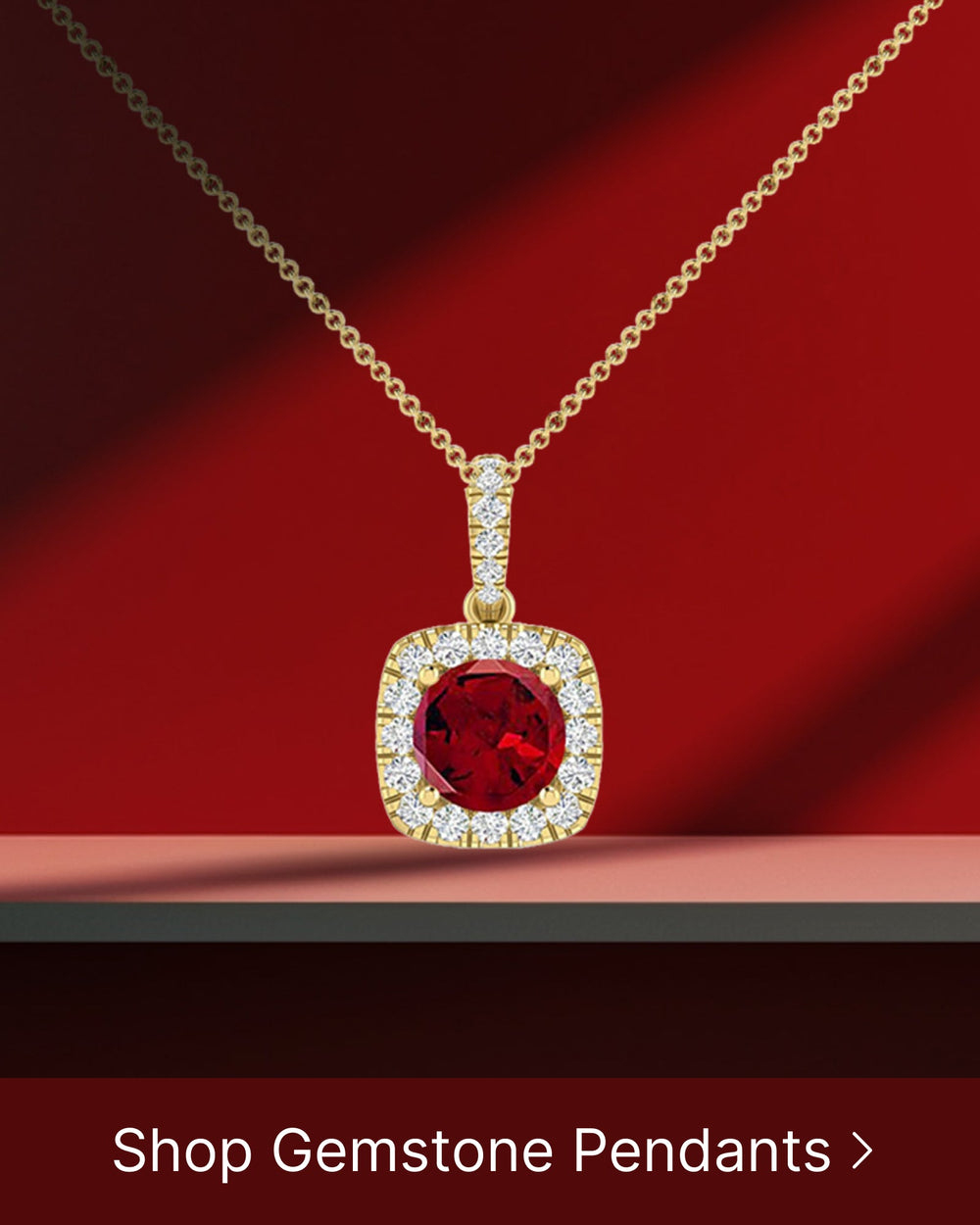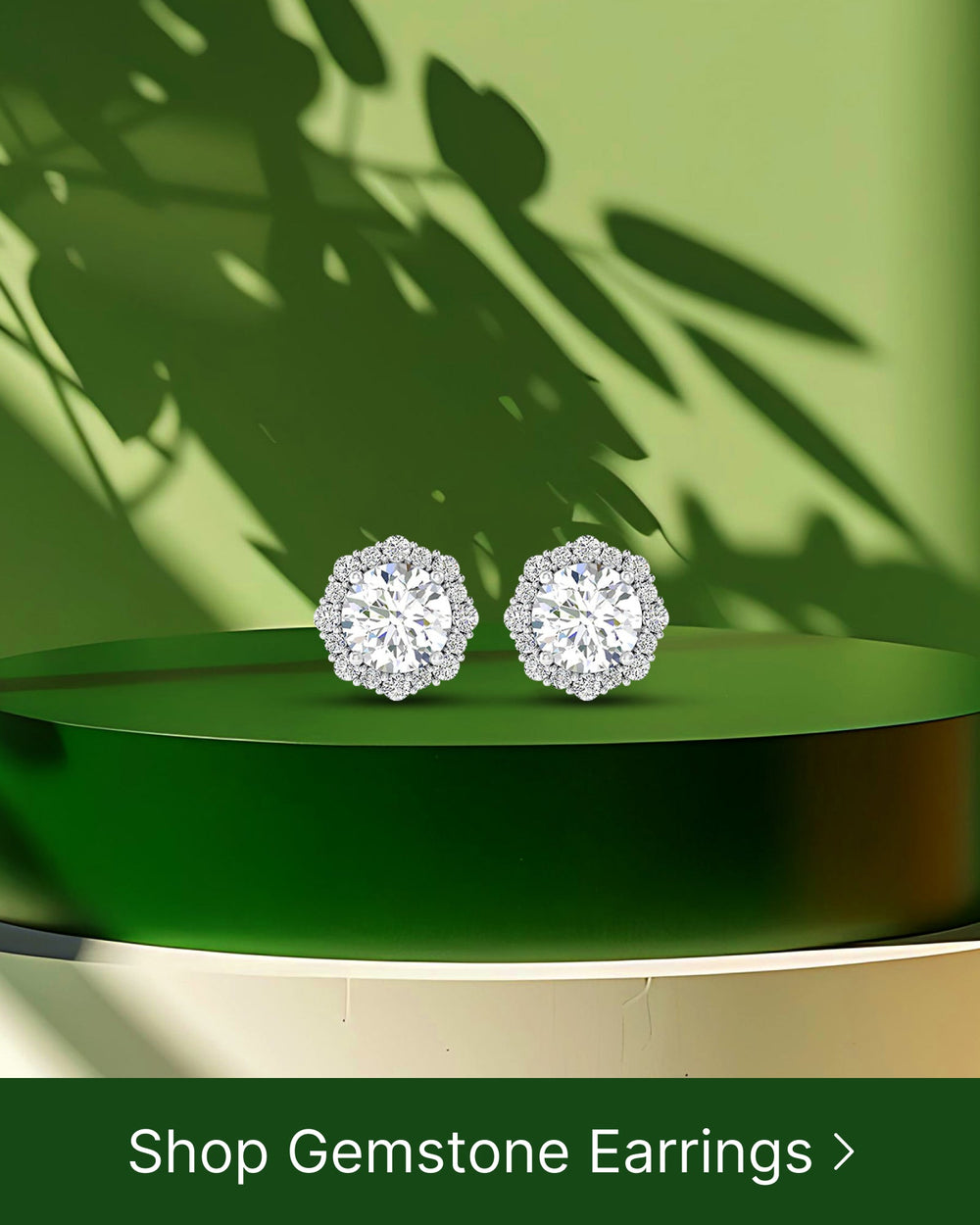Are you preparing to tie the knot or have you recently become engaged? Congratulations! As you embark on this exciting journey, one essential aspect to consider is how to wear your wedding and engagement rings. These precious symbols of love and commitment hold deep meaning, and it's essential to understand the significance behind them.
Understanding the Significance of Wedding and Engagement Rings
Before diving into the details of wearing these rings, let's explore their symbolism. Wedding rings represent the eternal bond between partners. The unending circle symbolizes love without end and the commitment to a lifelong partnership. On the other hand, engagement rings mark the beginning of this journey, signifying a promise to wed. They serve as a token of one's intention to marry and are often adorned with a stunning gemstone to represent love's beauty.
The Symbolism Behind Wedding Rings
Wedding rings are worn to symbolize the commitment and ongoing love between spouses. They serve as a constant reminder of the vows exchanged on the wedding day, uniting two individuals as one. Whether through simple and elegant bands or more elaborate designs, wedding rings carry a powerful message of unity and devotion.
When a couple exchanges wedding rings, they are not only making a public declaration of their love and commitment, but they are also entering into a sacred bond. The act of exchanging rings during the wedding ceremony is a symbolic gesture that signifies the joining of two lives. It is a moment filled with anticipation, excitement, and joy as the couple embarks on their journey together.
Throughout history, wedding rings have held great significance in various cultures. In ancient Egypt, the circular shape of the ring was believed to represent eternity, with no beginning or end. This symbolism perfectly captured the essence of a lifelong commitment. In medieval Europe, wedding rings were often engraved with intricate designs and personal messages, adding an extra layer of meaning to the already powerful symbol.
Today, wedding rings come in a wide variety of styles and materials. From classic gold bands to modern platinum designs, couples have the freedom to choose a ring that reflects their unique style and personality. Some opt for rings with diamonds or other precious gemstones, adding a touch of sparkle and luxury to the symbol of their love.
The History of Engagement Rings
The tradition of engagement rings dates back centuries. Ancient Egyptians believed that the circle represented a never-ending cycle of love. In ancient Rome, rings were used as a symbol of ownership. It was in the 15th century that diamonds began to take center stage, symbolizing strength and endurance. Today, engagement rings continue to hold sentimental value and are a cherished memento of love and commitment.
Engagement rings have evolved over time, reflecting the changing customs and preferences of different eras. In the Victorian era, for example, engagement rings often featured intricate designs and were adorned with gemstones such as rubies, sapphires, and emeralds. These rings were seen as a reflection of the wearer's social status and were meant to impress and dazzle.
In the early 20th century, diamond engagement rings gained popularity, thanks in part to a successful marketing campaign by the diamond industry. The famous slogan "A Diamond is Forever" became synonymous with everlasting love and solidified the diamond's status as the ultimate symbol of commitment.
Today, engagement rings come in a variety of styles and designs. From classic solitaire rings to elaborate halo settings, there is a ring to suit every taste and budget. Some couples choose to personalize their engagement rings by incorporating birthstones, engraving meaningful messages, or selecting a unique setting that represents their love story.
When a person presents an engagement ring to their partner, it is a moment filled with anticipation and excitement. The ring serves as a tangible symbol of their love and commitment, a promise for a future together. It represents the beginning of a new chapter in their lives, filled with love, joy, and shared experiences.
Whether it's a wedding ring or an engagement ring, these pieces of jewelry hold deep meaning and significance. They are not just accessories; they are symbols of love, unity, and lifelong commitment. As couples exchange rings and wear them every day, they are reminded of the love they share and the promises they have made to each other.
The Traditional Way of Wearing Wedding and Engagement Rings
In many cultures, there are established customs regarding the placement and order of wedding and engagement rings. The left hand is typically the traditional choice, but let's explore further:
Wearing Rings on the Left Hand
The tradition of wearing wedding and engagement rings on the left hand dates back to ancient times when it was believed that a vein, known as the "vena amoris" or "vein of love," connected directly to the heart. Placing the rings on this finger symbolized the connection between love and the heart.
In addition to the symbolic meaning, there are practical reasons for wearing rings on the left hand. The left hand is often considered the non-dominant hand, making it less prone to accidental damage. By wearing the rings on this hand, they are less likely to be subjected to the wear and tear of everyday activities.
Furthermore, the left hand is more visible to others when shaking hands or gesturing, allowing the rings to be easily noticed and admired. This visibility serves as a constant reminder of the commitment and love shared between the couple.
The Correct Order of Stacking Rings
When wearing both engagement and wedding rings, the general rule is to place the wedding band first, closest to the palm, followed by the engagement ring. This order allows the engagement ring to be closest to the heart, a reminder of the commitment made in anticipation of the wedding day.
However, there are variations to this rule based on cultural and personal preferences. Some individuals choose to wear the engagement ring first, followed by the wedding band. This decision may be influenced by factors such as the design of the rings or personal aesthetic preferences.
Additionally, some couples opt for a third ring known as an eternity band, which is often worn on the opposite side of the engagement ring. This band typically features a continuous line of diamonds or gemstones, symbolizing everlasting love and commitment.
It's important to note that there is no right or wrong way to stack wedding and engagement rings. The order and placement can be customized to reflect the couple's unique story and personal style. Ultimately, what matters most is the love and commitment shared between the individuals wearing these cherished symbols of their relationship.
Cultural Variations in Wearing Wedding and Engagement Rings
While the traditional placement of wedding and engagement rings is on the left hand's ring finger, cultural variations offer unique and fascinating customs.
Eastern European Traditions
In some Eastern European countries, such as Poland and Russia, wedding and engagement rings are traditionally worn on the right hand. This deviation from the norm adds cultural richness and diversity to the practice of ring wearing.
Asian Customs
In certain Asian cultures, such as India and China, rings may be worn on different fingers. For example, in India, it is common for rings to be worn on the right hand, while Chinese customs often dictate wearing rings on the index finger. These diverse practices highlight the colorful tapestry of global traditions surrounding marriage and love.
Modern Trends in Wearing Wedding and Engagement Rings
In addition to traditional customs, modern trends have emerged when it comes to wearing wedding and engagement rings. Let's explore some fascinating alternatives:
Alternatives to Ring Stacking
While the traditional order of ring stacking is still popular, some couples opt for a more creative approach. For instance, they may choose to wear the engagement ring on one hand and the wedding band on the other. This unique style adds flair and individuality to the age-old practice of wearing rings.
Non-Traditional Hand and Finger Choices
Another modern trend is to wear wedding and engagement rings on different fingers or even different hands altogether. Some individuals prefer to showcase their commitment by wearing rings on their middle finger, while others may choose to wear them on the thumb. These unconventional choices speak to personal style and provide an opportunity for self-expression.
Caring for Your Wedding and Engagement Rings
Now that you know how to wear your rings, it's essential to be aware of proper care and maintenance to ensure their longevity and shine.
Cleaning and Maintenance Tips
To keep your rings looking their best, it's important to clean them regularly. Use a mild soap and warm water solution to gently scrub away dirt and residue. Additionally, consider having your rings professionally cleaned by a jeweler to restore their original luster and brilliance.
When to Remove Your Rings
While you may want to wear your rings all the time, certain activities may warrant their removal. It is advisable to take your rings off when engaging in activities such as exercising, swimming, or cleaning with harsh chemicals. Removing them during these times reduces the risk of damage or loss, ensuring that your precious symbols of love remain safe and secure.
By understanding the significance of wedding and engagement rings and embracing both traditional and modern customs, you can make wearing these beautiful symbols even more meaningful. Remember to care for your rings properly to ensure they stay as radiant as the love they represent. May your journey of love be adorned with sparkling joy and everlasting commitment!





